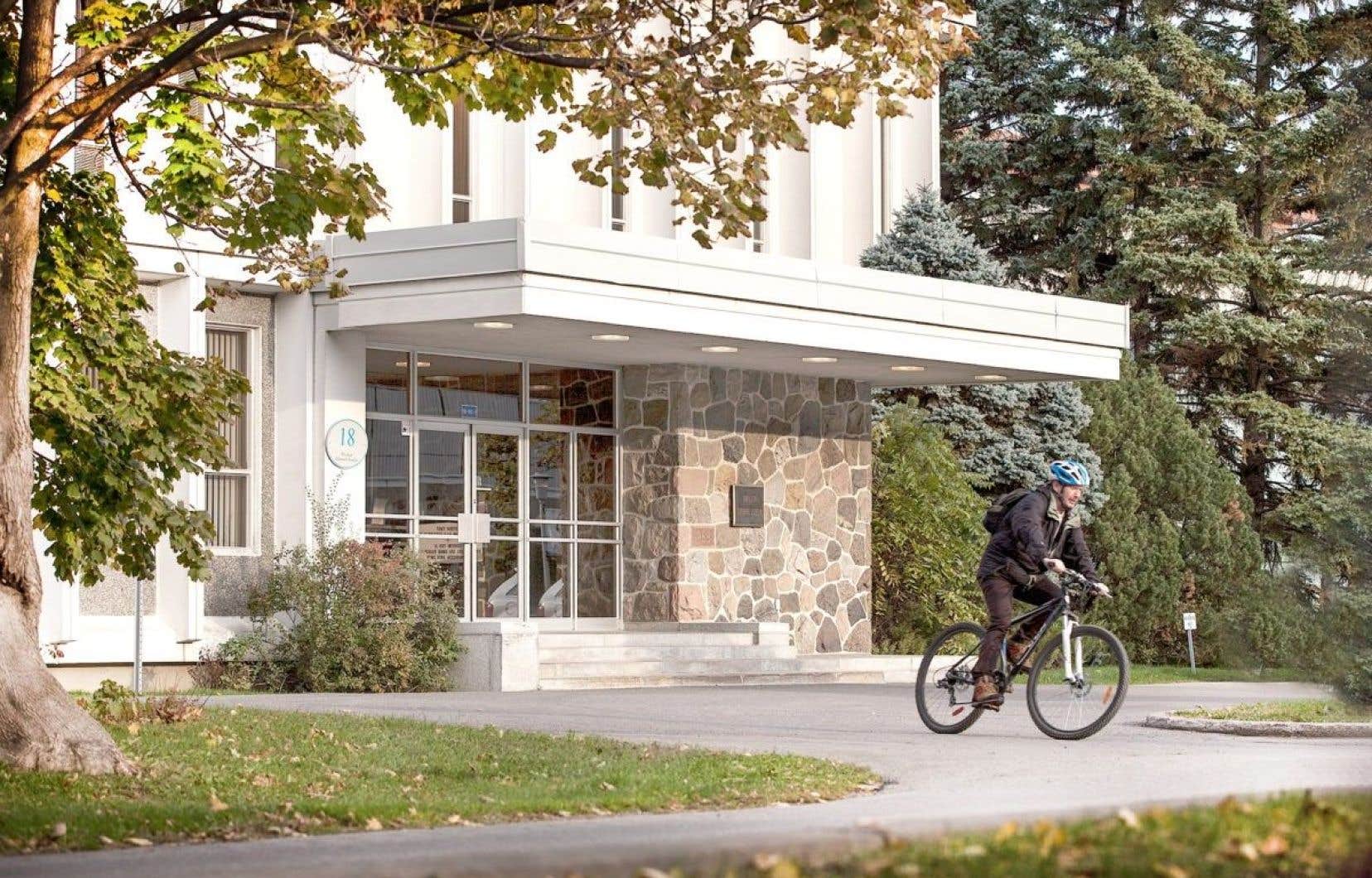This text is part of the special notebook 55 years of INRS
Whether it concerns rare diseases, soil microbiology or the health of populations in rural and remote regions, the research efforts deployed at the Center Armand-Frappier Santé Biotechnologie (AFSB) at INRS aim to ensure better understanding phenomena and finding solutions adapted to different living environments.
A molecular biologist by training, Marie-Claude Sincennes, assistant professor at INRS, is interested in the infinitely small. She is part of the INRS Joint Research Unit with the University of Quebec at Chicoutimi launched in 2021.
“I study muscle regeneration and diseases associated with muscle tissue to try to understand how they arise,” she says. To do this, I use cell models in culture, and I carry out experiments to understand the function of genes that are important in certain muscle diseases, notably oculopharyngeal muscular dystrophy. » This disease is prevalent in the Saguenay region. While elsewhere in the world it affects approximately 1 person in 100,000, in Quebec it affects 1 person in 1000.
“Our history has meant that we have been geographically isolated, which explains the higher prevalence of this disease in Quebec,” explains the scientist. Being based in Chicoutimi, in the heart of a region affected by this type of dystrophy, I decided to direct my research to meet the needs of the population. »
Being in Saguenay also allows scientists to have privileged access to patients suffering from this disease. “People are very aware of research efforts, and very participatory,” says Marie-Claude Sincennes. They provide samples and participate in experiments. There has been a concentration of researchers specializing in this disease in the region for several years, but there was little fundamental research. I focus on the cell and the genes to try to understand what happens at the molecular level, and why people develop this disease. »
Solutions through collaboration
For Philippe Constant, researcher specializing in microbiology and environmental biotechnology, collaboration is at the heart of INRS values. Its approach is therefore well anchored in partnerships and projects focused on the concerns and concrete needs of society.
“I don’t mind going to see potential partners, particularly cities and businesses, because I consider that they are in the best position to identify these issues,” says the researcher.
Over the past year and a half, the strength of this approach has been illustrated by a large-scale project aimed at solving a problem raised by greenhouse producers. How can we manage residual materials from greenhouses and divert them from landfill? Indeed, the production of greenhouse tomatoes alone generates more than 2,300 tonnes of dry residue per year, among other things.
In concert with the Ministry of Agriculture, Fisheries and Food (MAPAQ), greenhouse producers have therefore launched a call for projects with the aim of finding ideas and solutions to promote these materials.
“We have set up a large team that involves companies, research teams, three universities, three research and college technology transfer centers (CCTT) and economic development organizations,” says Philippe Constant. Together, we have identified approaches that can be deployed across Quebec in order to generate value from these residues. Several products can be generated, including biogas, biosourced materials and substrates. »
Ensuring the well-being of remote communities
Full professor at INRS, Cathy Vaillancourt will lead the new Healthy Rural and Remote Communities (CARES) network, whose mission will be to contribute to the well-being and health of these communities.
“INRS is a research university that must respond to priority health problems, and this network is part of sustainable and global health,” she says. In the regions, we often bring solutions that have been developed in urban centers, and that does not work because we have different realities. We want to study model regions and municipalities with which we will work to resolve problems and promote healthy lifestyle habits. »
Over the next few years, CARES will develop programs focused on prevention and health promotion in collaboration with a municipality and will document the tools and solutions proposed, which would make it possible to apply them elsewhere. The name of this municipality will be announced in the coming months.
“We also collaborate with other research networks to develop a sustainable health approach and meet needs,” adds the researcher. In addition, to ensure that the initiatives truly respond, a committee of community and partner citizens will be set up to serve on the governance of the scientific committee. »
This content was produced by the Special Publications team at Duty, relating to marketing. The writing of the Duty did not take part.
